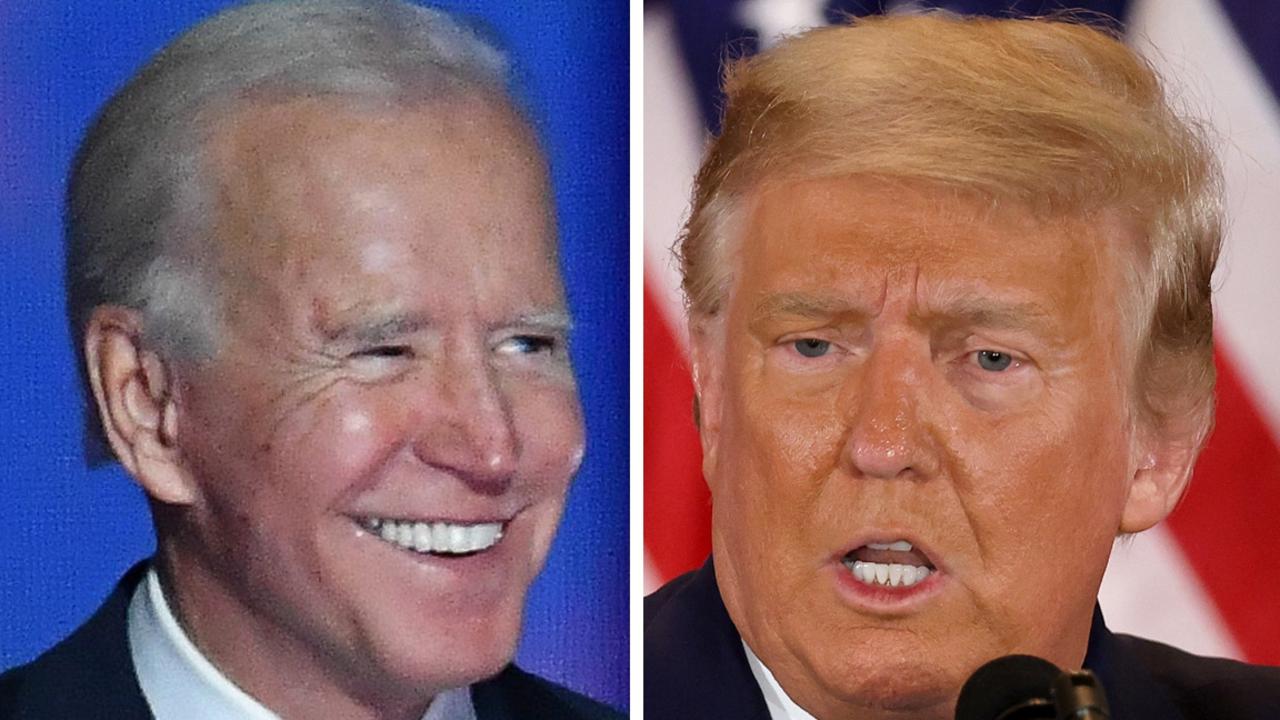The US plans to deploy B-52 bombers to Australia as part of Washington’s latest bid to boost military cooperation with Canberra and send a strong signal to China as tensions rise in the Indo-Pacific region.
The Pentagon will deploy B-52s carrying nuclear or conventional weapons to Australia’s Northern Territories as part of operational bomber groups conducting exercises with allies. They will be sent to Tyndall Air Force Base for short missions, according to a person familiar with the situation.
The US previously stationed B-52s in Australia. In 2018, two of the bombers conducted exercises with Australian forces in Darwin.
However, sending as many as six aircraft would represent a significant increase in presence and comes as the US and Australia seek to work more closely together to counter Chinese activity, particularly near Taiwan.
“The US Air Force has moved bombers through Australia for years. . . so it’s not new, but six bombers in total looks like a significant improvement over previous deployments and is likely to attract the attention of both regional allies and Beijing,” said Eric Sayers of the American Enterprise Institute think tank.
“It hints at a future where the rotation of bombers and tankers will become common or even a permanent presence one day.”
In July, the U.S. sent four nuclear-powered B-2 Spirit stealth bombers to Amberley Air Force Base near Brisbane in another deployment aimed in part at sending a signal of deterrence to China. Another B-2 flew to Amberley in March when Admiral John Aquilino, head of the US Indo-Pacific Command, was on week visit to the country.
Over the past decade, Australia has accelerated closer military ties with the US as tensions with China rise. Last year, the US, Australia and the UK signed “Aukus”, a tripartite agreement that will provide nuclear submarines for a southern hemisphere country and stimulate military research and development.
It is not yet clear when the US will begin deploying the B-52. The move comes as the Pentagon debates how to contain China, where to deploy assets in the Indo-Pacific and the right balance between keeping aircraft in the region and sending them to countries with shorter periods.
The Financial Times reported last week that the US will begin a two-year process to eliminate the four dozen aging F-15 fighter jets stationed in Okinawa. The Air Force will temporarily replace the jets with more advanced F-22 fighters, which will arrive in Okinawa from Alaska.
The air force said its commitment to regional deterrence and Japan’s defense was “ironclad” and that it would maintain a “steady presence” in Okinawa. But he added that he has not made a long-term decision to replace the F-15s, which some critics say weaken US deterrence and send a dangerous message to China’s military.
The Australian Department of Defense has not commented on the B-52 deployment. Prime Minister Anthony Albanese told reporters: “From time to time we interact with our friends in the US alliance. There are visits to Australia, including Darwin, where the US Marine Corps is stationed there on a rotating basis.’
The Pentagon referred questions to the U.S. Air Force, which did not respond to a request for comment about the development, which was first reported by ABC News.
Follow through Dimitry Sevastopoulos and Nick Fields on Twitter
This article is first published on Source link


